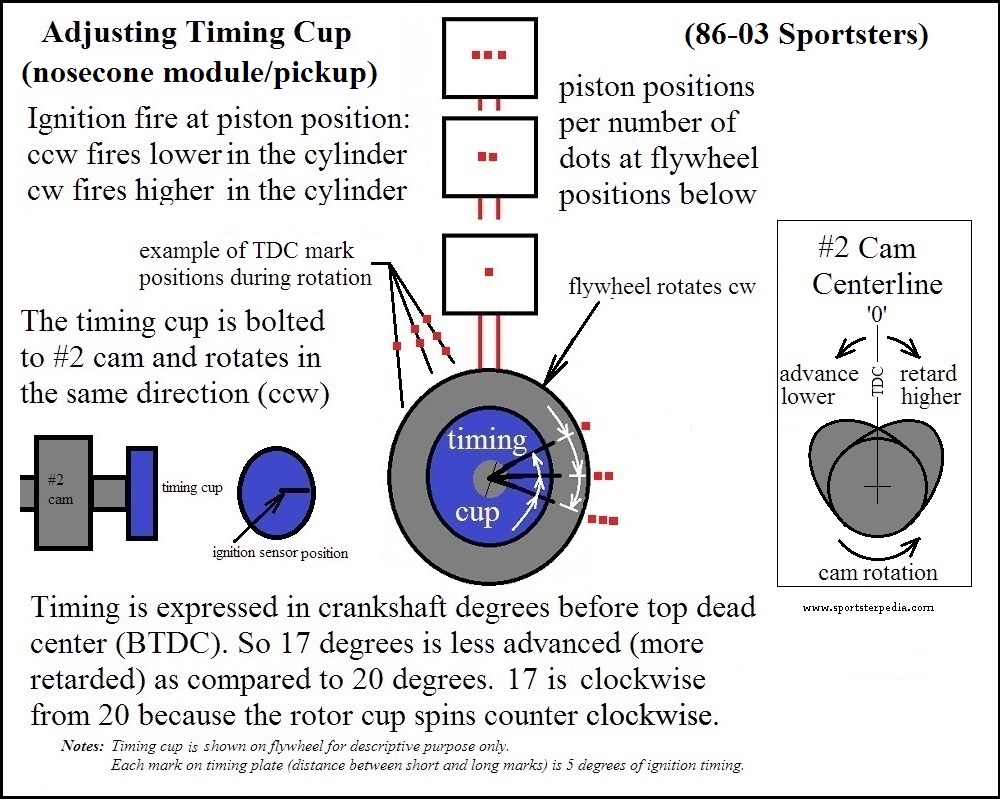Investing in the stock market can be a daunting task, especially for those who are new to the world of finance. However, there is a strategy that has gained traction in recent years – mechanical market timing. In this article, we will explore the concept of mechanical market timing and its potential benefits and drawbacks.
Whether you’re an experienced investor or just starting out, understanding this approach could help you make more informed investment decisions.
Overview of Mechanical Market Timing
Mechanical market timing is an investment strategy that uses predefined rules and algorithms to determine the optimal times for buying or selling investments. It aims to capitalize on short-term price movements for higher returns. Proponents believe it eliminates emotions and relies solely on data-driven signals.
However, it requires precise execution and constant monitoring, which can be time-consuming and stressful. Additionally, relying solely on algorithmic signals may not account for unexpected events or changes in market conditions. Overall, mechanical market timing offers a systematic approach but has limitations to consider.
Exploring Positive Reviews of Mechanical Market Timing Strategies
Mechanical market timing strategies have received positive reviews from investors who claim success. These strategies are praised for generating consistent returns and navigating volatile markets effectively. By following predefined rules, investors credit their financial achievements to these strategies outlined by reputable experts.
The systematic nature of mechanical market timing provides clear guidelines and objective criteria for decision-making, reducing human bias. While critics argue that timing the market consistently is challenging, the testimonials of satisfied investors serve as compelling evidence for its effectiveness.
Examining Real-Life Success Stories
Let’s examine two real-life success stories that showcase the potential benefits of mechanical market timing.
In this case study, an investor consistently outperformed the market using mechanical market timing. By following a disciplined approach and relying on historical data and technical indicators, they timed their trades effectively. Despite market fluctuations, their portfolio consistently generated higher returns than broad market indices.
In this inspiring case study, a beginner investor achieved financial independence through mechanical market timing. Through diligent research and practice, they developed a solid understanding of when to enter and exit positions based on predefined rules.
By leveraging these techniques, they generated consistent profits and ultimately achieved financial independence.
These real-life success stories illustrate how mechanical market timing can lead to impressive results when implemented with discipline and informed decision-making. Aspiring investors can learn from these experiences to enhance their own investment returns and work towards their financial goals.
Criticisms and Controversies Surrounding Mechanical Market Timing
Mechanical market timing, although having success stories, faces criticisms and controversies. Traditional investors and financial experts are skeptical of relying solely on algorithmic strategies, arguing that human intuition and judgment are essential for investment decisions.
Critics believe mechanical market timing oversimplifies the complexities of financial markets and may fail to adapt to changing circumstances. They question the reliability of historical data in predicting future outcomes and argue that real-time factors can undermine its effectiveness.
However, proponents defend the approach by pointing to positive backtesting results and the ability to remove emotions from decision-making. They highlight increased efficiency, objectivity, and disciplined trading as advantages of mechanical market timing.
Ultimately, evaluating both sides is crucial when considering this strategy for investment decisions.
Best Practices for Implementing Mechanical Market Timing Strategies
Implementing mechanical market timing strategies requires thorough research and caution. Seek information from reputable sources such as online platforms, forums, and communities to gain insights from experienced investors. Verify the credibility of these sources before making investment decisions.
Educate yourself by exploring books and courses that delve into the intricacies of mechanical market timing. Develop your own approach based on risk tolerance and investment goals.
Maintain discipline by following predefined rules or indicators instead of letting emotions drive decisions. Regularly review and adjust your strategy to adapt to changing market conditions.
Start with small investments to gain experience and gradually increase amounts. Remember that no strategy guarantees success, so diversify your portfolio across different asset classes.
By adhering to these best practices, you can navigate the complexities of mechanical market timing strategies while potentially maximizing returns.
The Future of Mechanical Market Timing
Advancements in technology, such as machine learning algorithms, artificial intelligence, and big data analysis, are set to revolutionize mechanical market timing strategies. These innovations have the potential to refine existing approaches by identifying more precise signals for buying and selling.
Additionally, automated investment platforms are integrating mechanical market timing techniques to cater to a wider audience, simplifying the process and making advanced trading strategies accessible to individual investors.
With these advancements, the future of mechanical market timing holds promise for improved accuracy and efficiency in navigating dynamic financial markets.
Conclusion
In conclusion, mechanical market timing has its benefits and drawbacks for investors seeking to maximize returns. Relying on predefined rules and data-driven signals can potentially lead to consistent profits. However, it is essential to be aware of limitations and exercise caution when implementing these strategies.
Thorough research from reputable sources is crucial for those interested in mechanical market timing. Reviews and advice from experts can provide valuable insights, as well as educational resources like books or courses that delve into the intricacies of these strategies.
Regardless of embracing mechanical market timing or not, studying this approach expands overall knowledge of investing, offering a broader perspective on different strategies. It allows individuals to make informed decisions based on financial goals and risk tolerance.
Investors should remember that no strategy guarantees success. Market conditions can change unexpectedly, so continuous monitoring and adaptation are necessary.
[lyte id=’eT5E01iSslE’]






